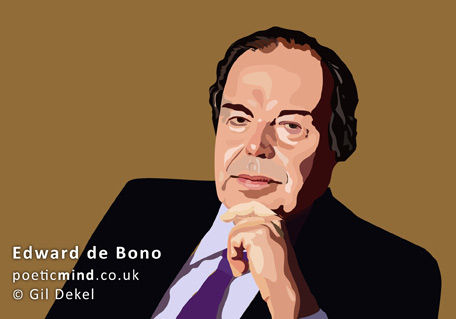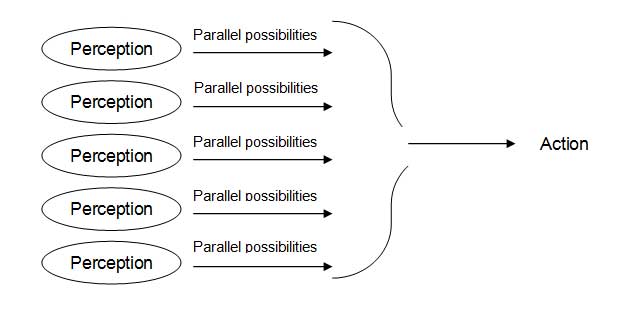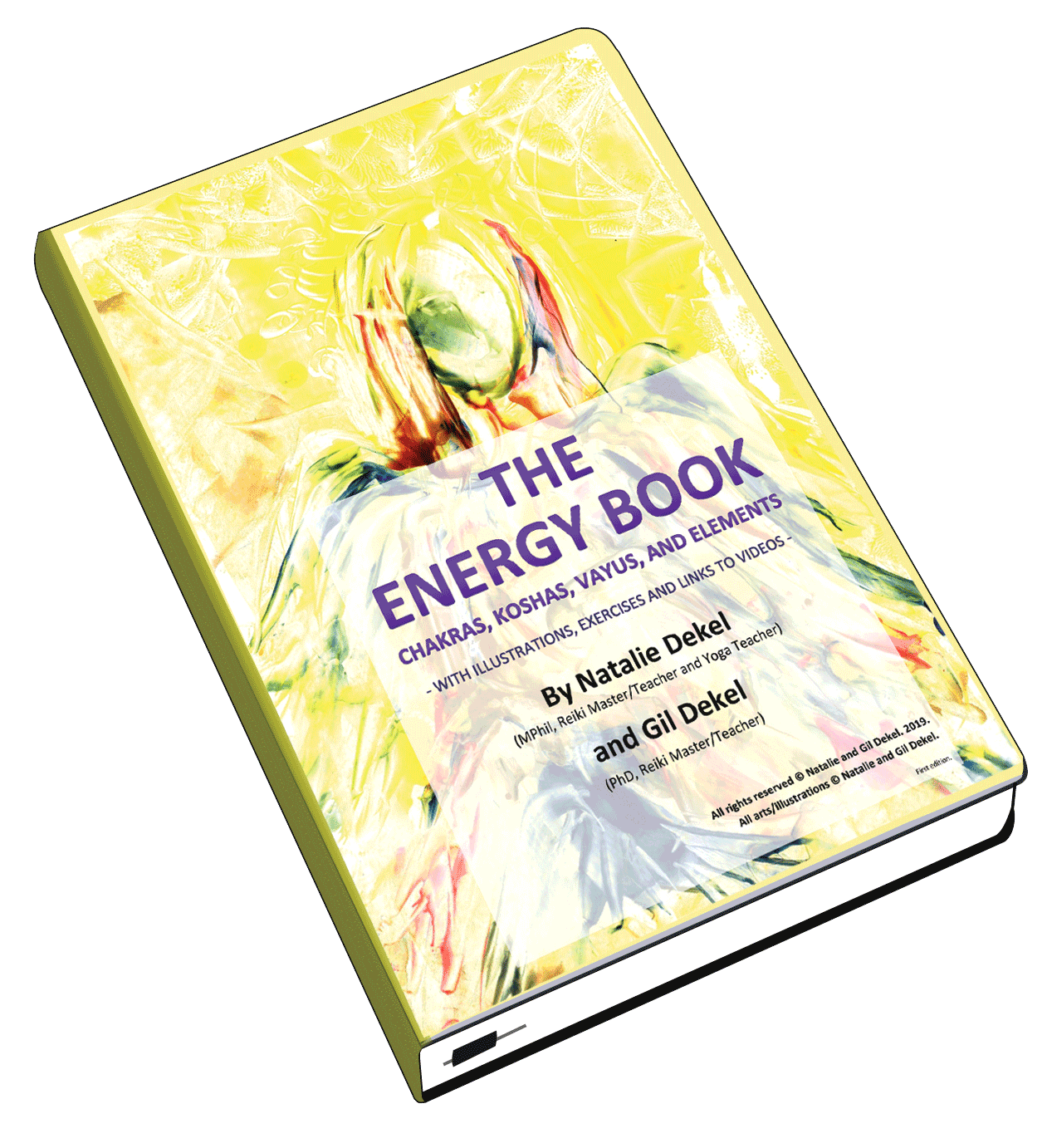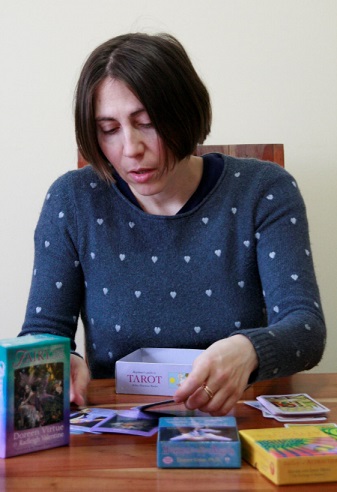Edward de Bono argues that the way people think is governed by pre-set patterns, such as the use of analysis and judgment, which limit our faculty to comprehend data and information, and process ideas into truly creative results. de Bono offers alternative method of thinking, the ‘Parallel Thinking’, which is designed to reach for creative solutions through the embracing of contradictions, rather than the rejecting of them.
I have made this short summary of key lessons (including page numbers as they appear in the book, 1995 edition, Penguin Books, London) as it had a tremendous effect on my PhD research, and it can benefit any person who wishes to develop a fully creative mind.
page viiii
Western thinking is failing because it is not designed to deal with change. Analysis and judgement, which are the foundations of Western thinking, are not enough to design a way forward.
page IX
Traditional Western thinking is based on:
- search and discovery
- judgement (yes/no, right/wrong, true/false)
- logic
- boxes of definitions
- categories
- contradictions (which are set in order to force a choice)
Parallel thinking favours:
- design and creation
- possibilities
- ‘water logic’
- embracing both sides of a contradiction while seeking to design a way forward.
Traditional thinking sees information as sufficient source, and judgement as effective tool, while Parallel thinking seeks to generate ideas.
Traditional thinking overuses criticism, assuming that if you remove ‘bad things’ then what you left with is ‘wonderful’.
1
If you are going out fishing and take with you the wrong bait and tackle, you will get frustrated once you learn you got it wrong. Yet, if you do not realise you got it wrong (as it may be the only bait and tackle existing and the standard that everyone uses) then you will be thinking that fishing is hard and your skills needs improving…
Perhaps our ‘thinking equipment’ that we use today is simply one among many; yet the only one that we are aware of? Perhaps it is the standard we all use as a habit, and no one supposes there could be other methods?
Fishing equipment has improved considerably over the ages – what about our thinking equipment?
2 – 3
The traditional thinking system has some benefits: it has brought major improvements in social, cultural, and ecological life. And yet, many fishermen will be eager to try out new tackle and bait. But will people be eager to try out new thinking?
The standard Traditional Western thinking style was set up by Socrates, Plato and Aristotle, and has contributed a lot to humanity, however it may not be fully adequate for the complexity and rapid changing world of today.
12
The Greek philosophers before Socrates observed and discussed the stars and the planets. Socrates, on the other hand, began to discuss morality, justice, love, politics, and ethics. Socrates used counter-examples in his arguments and thought. A rule was suggested, then example was brought, and then the rule was refined.
14
Induction – listing a number of examples and then extracting a common feature. This was Socrates method, which is also used today in the science of classification, such as botany.
15
Socrates used questions, yet those questions were truly statements requiring affirmations. For example, Socrates would offer a theory and then would say: ‘Isn’t that so?’, ‘Don’t you agree?’, ‘Am I right?’
16 and 26
These are in essence statements/questions. Through a series of such statements, which are easy to agree with, Socrates led his students to a conclusion.
The essence of Socrates method was to clear out errors and false assumptions, rather than to bring forward better ideas. Yet weeding a garden is not enough.
Western culture always esteemed critical thinking too highly. Many people believe that critical thinking is the highest human intellectual form of man.
18
Ancient Greece was based on Oral Culture, where rhetoric was a tool used to persuade others. Power came from persuasion, and so students were taught to argue on both sides of the case and persuade on both cases.
34
Argument and criticism produce destruction and fight.
37
Parallel thinking – laying down ideas alongside each other. No dispute, but an exploration of the subject and all ideas, from which conclusion will come.
39
Apparently, it is the power of ‘possibilities’ that is responsible for Western technical progress – not the ‘argument system’. Possibility itself is hypothetical device, which is the starting point in any scientific research. Our scientists start a research with a hypothesis, and idea that they wish to explore and validate. It provides the framework for perception and arranging of ideas into information.
Instead of exerting authority through attack, people can generate ideas in parallel thinking.
45
We tend to look for the problem, remove it, and then assume that now we found the solution.
46
Our education systems works toward analysis, and less toward creativity. Yet, we can approach education differently – not by trying to remove a problem, but by designing solutions through the problem.
We can learn to design a system in which inflation, for example, cannot happen again.
47
We tend to apply general idiom ‘remove the bad’. However what happens once the ‘bad’ thing is gone? What are we left with then?
57
Design is to co-create and build. Analysis is to cut something apart.
89
Traditional thinking:
Parallel thinking:
© Gil Dekel. 4 Jan 2011. Image update 26 Dec 2011.





 - Reading with Natalie, book here...
- Reading with Natalie, book here...